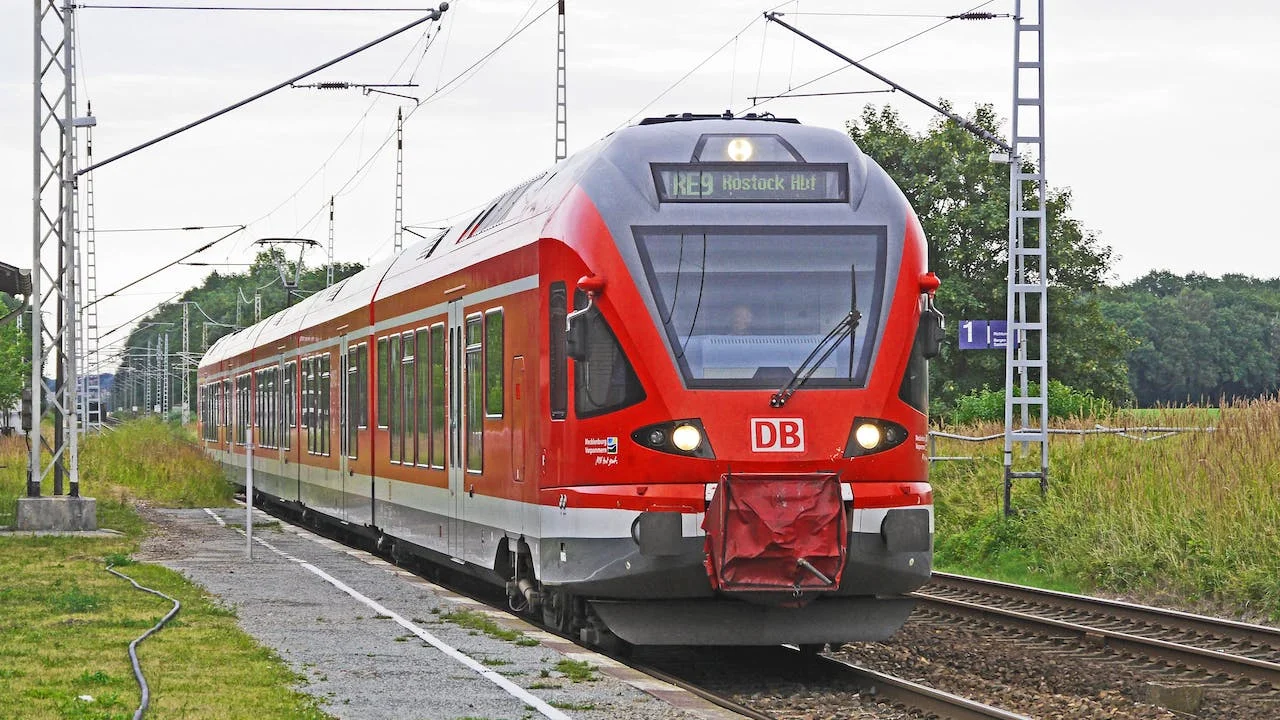
The autonomous trains market has witnessed robust growth, with a trajectory set to continue in the coming years. Forecasted to reach $10.54 billion in 2024 and an impressive $14.62 billion in 2028, this market is propelled by technological advancements, global infrastructure projects, urbanization, population growth, environmental concerns, and a shortage of skilled drivers.
Key Market Drivers: The surge in demand for safe, efficient, cost-effective, and high-speed transportation has fueled the global autonomous train market. Offering speeds of up to 300 km/hour, autonomous trains present a compelling solution for passengers seeking swift and reliable travel, covering substantial distances in a matter of hours. The flexibility to adjust frequencies during peak and off-peak hours enhances service quality, attracting more passengers and maintaining competitive fares.
Market Segmentation: The market covers various train categories, including suburban trains, trams, monorails, subways, and long-distance trains. Technologies such as Automatic Train Control (ATC), Communication-Based Train Control (CBTC), European Railway Traffic Management System (ERTMS), and Positive Train Control (PTC) contribute to different automation levels (GOA1 to GOA4). Autonomous trains find applications in passenger trains, freight transportation, and mining operations.
Regional Insights: In 2023, Western Europe led the autonomous trains market, with Asia-Pacific following closely. The market report delves into detailed regional analysis, covering Asia-Pacific, Western Europe, Eastern Europe, North America, South America, the Middle East, and Africa.
Safety and Market Growth: The rise in train accidents globally is a significant driver for autonomous trains. These systems minimize accidents caused by factors like driver fatigue, continuously monitoring surroundings, and taking evasive actions when necessary. With a growing number of railway-related deaths reported, the emphasis on safety is expected to further boost the autonomous trains market.
Challenges and Future Innovations: While the market faces challenges such as deployment costs and security concerns, the incorporation of LiDAR and artificial intelligence (AI) technologies aims to enhance performance. LiDAR assesses moving train speed and track conditions, while AI improves incident management and facilitates quicker recovery during disruptions.
About ResearchAndMarkets.com
ResearchAndMarkets.com is the world’s leading source for international market research reports and market data. We provide you with the latest data on international and regional markets, key industries, the top companies, new products and the latest trends.

